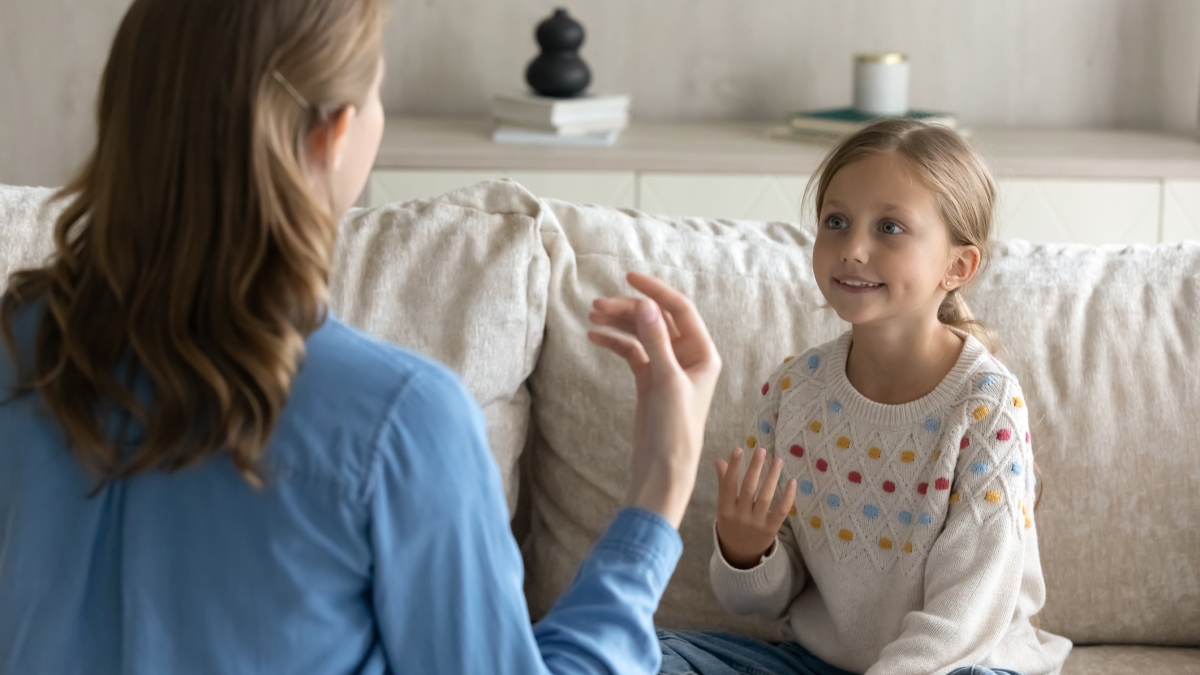Ayoub Daliri is heartened when he hears President Joe Biden speak.
Daliri, an assistant professor of speech and hearing science at Arizona State University’s College of Health Solutions, is conducting a five-year study of individuals who stutter, and Biden’s ability to overcome his childhood stuttering problem is a positive message for others, he said.
“People who stutter see the president and realize that stuttering should not prevent them from reaching their dreams and goals,” Daliri said. “The president is an excellent example showing how people can overcome the challenges associated with stuttering.”
Daliri has received a $3.38 million grant from the National Institutes of Health National Institute on Deafness and Other Communication Disorders for his study, which will be conducted on 60 children and 90 adults in partnership with the University of Washington.
ASU News spoke with Daliri about the study.
Editor's note: The following interview has been edited for length and clarity.
Question: Let’s start with this: How prevalent is stuttering among the general population?
Answer: It influences about 5 to 8% of children and about 1% of adults. The reason for that difference is that many children recover from stuttering, which we call spontaneous recovery. Stuttering influences many aspects of life, including academic and occupational achievement, and could severely impact the quality of life.
Q: What is the current treatment for stuttering?
A: They vary. Typically, current stuttering treatments are behavioral in nature and administered by speech-language pathologists. However, these behavioral treatments have as much as a 70% relapse, which could become costly and reduce accessibility, especially for individuals from lower socioeconomic backgrounds.
Q: What do you hope to accomplish with your study?
A: One of the issues is that we don’t really have a complete understanding of the neural processes of stuttering. So our goal in this project is to identify the neural processes of stuttering and understand the link between them to behavioral aspects of speech fluency and stuttering. Finally, our goal is to develop combined neural and behavioral interventions for people who stutter.
Q: How will the testing work?
A: Our experiments would involve neural and behavioral recordings. We are primarily focused on how the brain prepares the auditory system when we plan to produce speech and how the brain uses auditory information to fine-tune its speech output during speech production. We will induce artificial or experimental errors during speech production to see how people would respond to these experimental errors and to see what happens in the brain when people evaluate and respond to the errors. In a very simplistic way, these errors could mimic or simulate how people may respond to a moment of stuttering in their speech.
Q: What do you mean by errors?
A: Basically, a person will have a headset. As the person produces a word, the speech goes into the microphone. Then, we manipulate the speech in real-time and play it back to the person. For example, a person would say “head” but would hear “had.” In response to such errors, people change their speech to compensate for the errors. We want to better understand how the auditory and motor systems work together in people who stutter and those who don’t stutter. At the same time, we look at brain signals to see what is happening in the brain in response to the errors. What happens if we receive an error? Do we evaluate it? And is there a difference between people who stutter and people who don’t stutter when they receive errors?
Q: What could the test results show you in terms of changing treatment for those who stutter?
A: Our focus in this project is to determine the neural processes that do not function as they do in nonstuttering individuals. This knowledge could help us figure out neural signatures of stuttering, which could serve as a starting point for developing neural treatments for stuttering. We hope that our behavioral and neural findings in this project will build a good foundation for our next step, which is developing neuro-behavioral interventions for stuttering. These interventions are not going to replace current stuttering treatments, but they could supplement or enhance the existing treatments.
More Health and medicine
Leading the way in wellness: ASU highlighted in The Princeton Review's 2025 Mental Health Services Honor Roll
Being a college student isn’t easy — navigating new routines, people and places can be a challenge, especially if the right support system is not in place. That's why Arizona State University is a…
New Indigenous health dashboard offers robust database for scholars
By Nicole Greason and Kimberly Linn A team at Arizona State University’s College of Health Solutions and American Indian Studies program has created a new tool to aid researchers…
College of Health Solutions program doing its part during Salute to Service
It wasn’t always easy for Marine veteran Chuck Hale when he first returned to civilian life. But he’ll never forget the help he received from a fellow former service member.“The first vet that helped…
